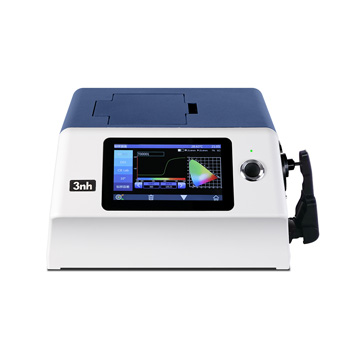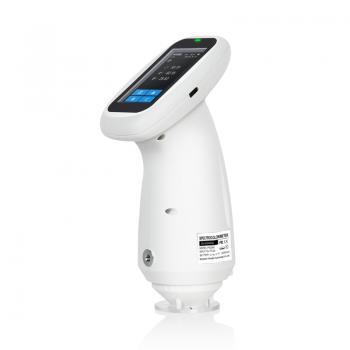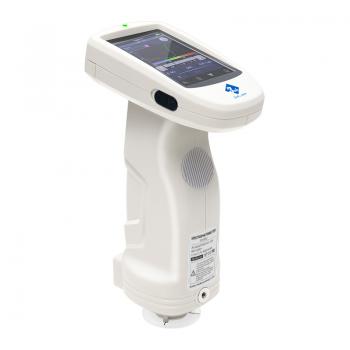Ceramic Product Color Detection
Finished product color detection is a key aspect of quality control in the ceramic manufacturing process. The color of a ceramic product not only affects its aesthetic appeal and market value, but also indicates the stability of the production process. Since ceramic products are affected by various factors during the firing process, such as temperature, duration, and glaze formulation, color inconsistencies may occur. Inconsistent color may affect the aesthetics and market acceptance of the product, especially in large-scale production and high-end markets. Accurate color detection can identify these differences and ensure that each batch of products meets the expected color standards. Through accurate color detection, ceramic manufacturers can improve product consistency and quality, enhance market competitiveness and customer satisfaction.
The following are some of the more commonly used applications:
Architectural ceramics: such as tiles, ensure consistent color and enhance architectural decoration effects.
Tableware and decorative ceramics: ensure the uniformity of finished product colors to meet high-end market demands.
Using high-precision color measurement equipment such as 3nh spectrophotometers , manufacturers can accurately measure the color of finished ceramic products and detect color differences between different production batches. Through accurate color detection, ceramic manufacturers can improve product consistency and quality, enhance market competitiveness and customer satisfaction. These devices provide accurate color data, allowing manufacturers to make timely adjustments to the production process to ensure that the color of each ceramic product meets the expected standards and remains consistent.








 0086 18165740359
0086 18165740359 949 Hits
949 Hits
 2024-08-30
2024-08-30



 Skype Online
Skype Online